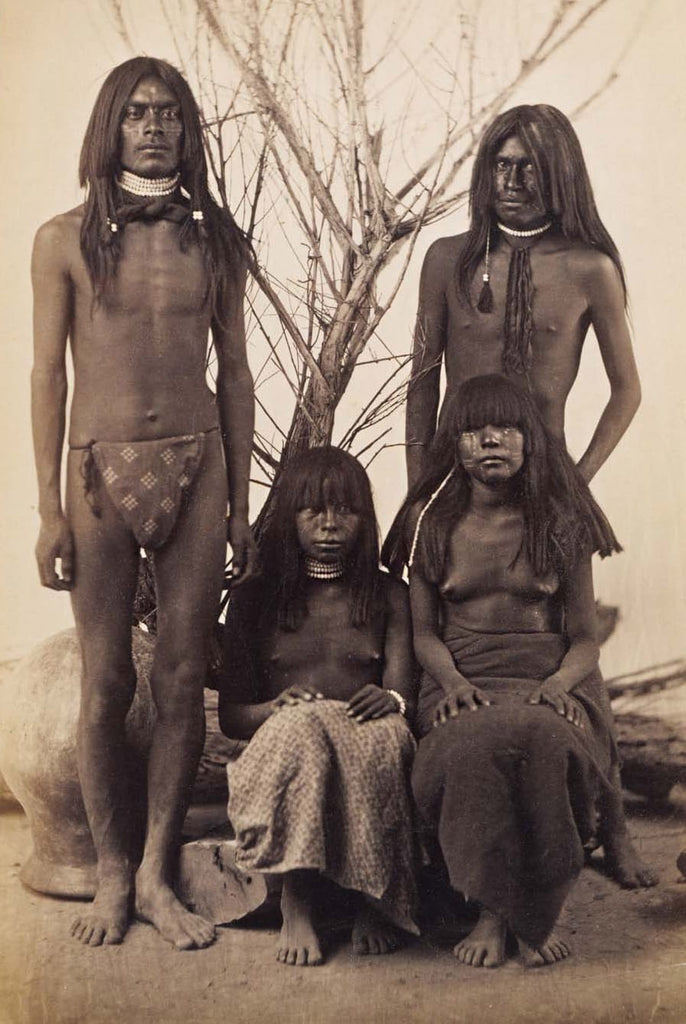Standing Bear: On Politeness and Silence

_____________________________
Photo: Pimo Indians, Arizona, Elias Bonine, 1875.
________________________________________________
Praise, flattery, exaggerated manners, and fine, high-sounding words were no part of Lakota politeness. Excessive manners were put down as insincere, and the constant talker was considered rude and thoughtless. Conversation was never begun at once, or in a hurried manner. No one was quick with a question, no matter how important, and no one was pressed for an answer. A pause giving time for thought was the truly courteous way of beginning and conducting a conversation. Silence was meaningful with the Lakota. Also in the midst of sorrow, sickness, death or misfortune of any kind, and in the presence of the notable and great, silence was the mark of respect. More powerful than words was silence with the Lakota.
(Standing Bear, Oglala Lakota)
________________________________________________
Recommended Reading:
'Spirit Beings and Sun Dancers: Black Hawk's Vision of the Lakota World'
By Arthur Amiotte (Foreword), Janet Catherine Berlo (Author), Eugene Victor Thaw (Introduction)
Purchase Book:
Amazon.com
Amazon.co.uk
Description:
In the early 1880s, Black Hawk, a Lakota medicine man living on the Cheyenne River Sioux Reservation in South Dakota, was commissioned to create 76 drawings by a local trader. Paid 50 cents per image, Black Hawk created a uniquely rich series capturing his dreams, Lakota religious rituals and scenes of hunting and animal life. The drawings, now in the collection of the Fenimore Art Museum in Cooperstown, N.Y., form the basis of this book, and they are astonishing. Black Hawk's Dream or Vision of himself changed to a destroyer is uncannily like a Hieronymous Bosch nightmare, while his detailed views of Animal medicine society rituals, in which participants dressed in skins of various beasts, boast both precision and intense spirituality. Perhaps most amazing of all are his drawings of animals, especially bats and bears, which unite a naturalist's observation with a gripping narrative suggestiveness. Use of color, although clearly limited to the choice of pencils the impoverished artist owned, is subtle and gratifying. All 76 drawings are beautifully reproduced here in full color and are attractively and accessibly laid out, along with 16 b&w details. A University of Rochester professor of gender and women's studies and art history, Berlo (Plains Indian Drawings 1865-1935) provides expert historical and cultural context for the images. Black Hawk is certainly one of 19th-century America's great artists; this is a must-have item for libraries and collectors with even the slightest interest in American art and history, and stores will find that despite the price, browsers will not want to part with it.
_____________________________
________________________________________________


Leave a comment